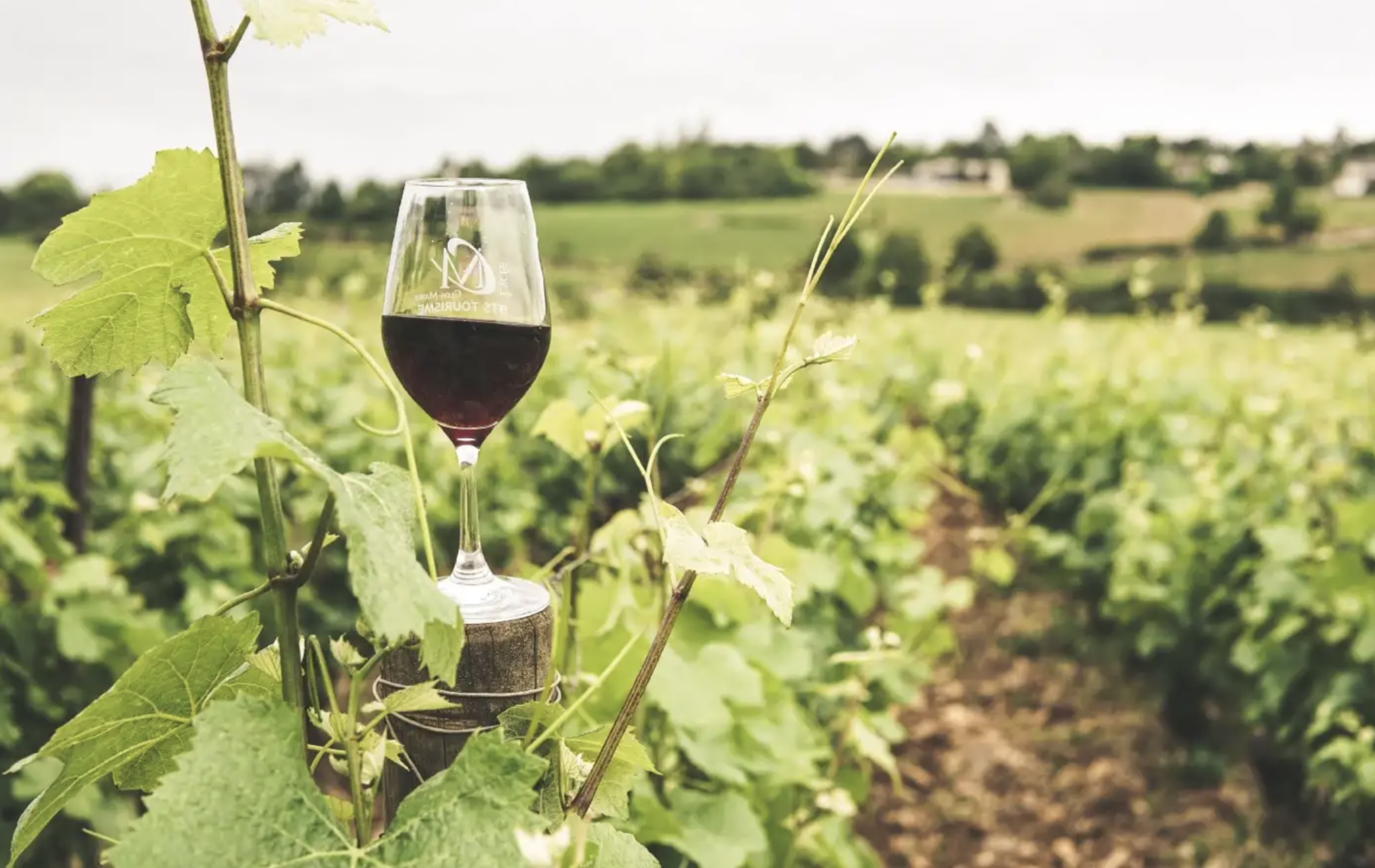
Can French delicacies survive climate change?
Wine and cheese lovers worldwide praise the French. And rightfully so–they have been perfecting the art for centuries. But in recent years, these popular French exports have been hit hard by climate change from crop harvesting to supply chain issues.
Plagued by intense weather, France saw one of its worst growing seasons in 2021. At the beginning of last year, unseasonably high temperatures caused grapes to bloom early on vineyards. A month later, the country experienced freezing temperatures. The drastic weather affected 80% of vineyards in a majority of the country’s popular wine regions, including Provence, Burgundy, and the Rhône Valley.
Although farmers did what they could to preserve crops, like lighting large candles and making fires, the country lost a third of its wine production in 2021–worth almost £1.7 billion. The frost was so significant that French Agriculture Minister Julien Denormandie declared it one of the worst “agricultural disasters” of the century.
Just as vineyards were recuperating, France experienced a late frost in 2022. Fortunately, conditions weren’t as bad as the last growing season, but certain regions like Burgundy were hit hard. In Bordeaux, for example, this year’s production is predicted to be lower than the five-year average.
Frost isn’t the only extreme weather that has impacted French agriculture in recent years. This summer, Europeans suffered one of the worst droughts. More than 100 municipalities had no access to drinking water.
High temperatures and low rainfall destroyed pastures where cows graze. Conditions became so bad that many farmers in the country’s Auvergne region were forced to cease production of unpasteurized cheese because they didn’t have enough grass for the cow’s diet (the state requires it to be 75% of their diet) — temporarily stopping production for the first time ever.
Climate change has also negatively affected a range of other French cuisine staples. This year alone, the country has experienced shortages of Dijon mustard and the Piment d’Espelette pepper. Drought conditions were so harsh that farmers growing the Piment d’Espelette had to receive a special exemption from the INAO (the part of France’s government that oversees quality seals) to grow the pepper without rainwater–a normal requirement for the crop.
The unpredictable and extreme weather that climate change brings has done major damage to France’s food and beverage industries. This year, the French anticipate a milk shortage and 18% less corn. Not only are farmers, land, and livestock impacted, but so are France’s economy and citizens. When you add the effects of the pandemic, inflation, and global politics, it makes the production and exportation of these beloved French products even more unstable.
As climate change continues to change more than the forecast, there will be a need to find new, innovative ways to stem its impacts and help protect our favorite products.



